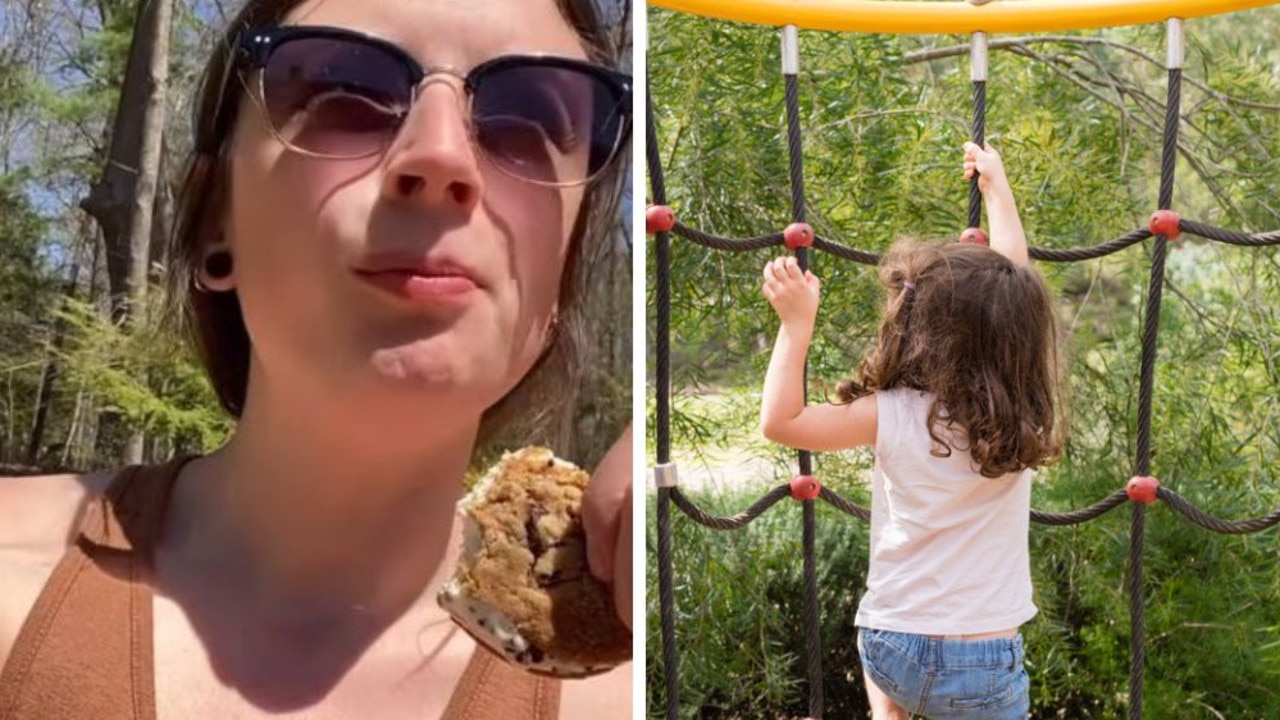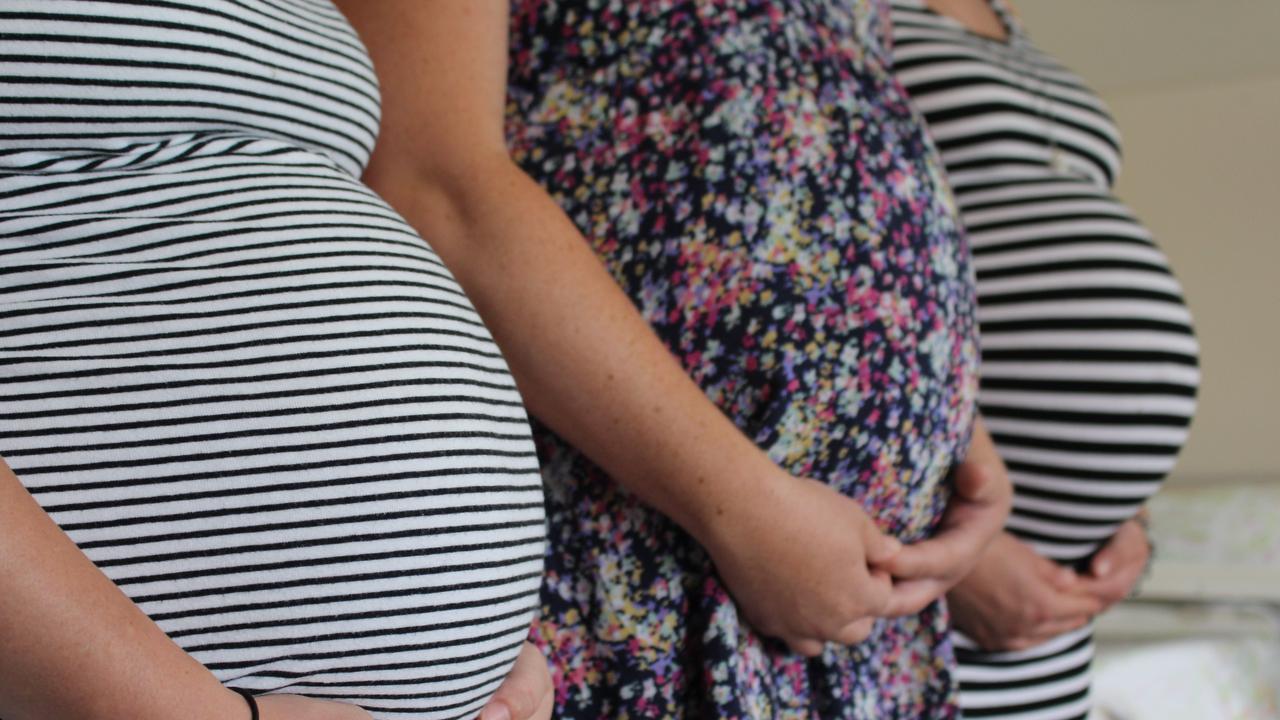5000 Queensland babies on waiting list for tuberculosis vaccine
A GLOBAL shortage has put 5000 Australian children at risk of contracting a disease that is now a bigger killer than AIDS.
JUST a year after the Queensland Government introduced its “no jab, no play” policy in a bid to combat anti-vaxxers, it has emerged 5000 of the state’s children are on a waiting list for a tuberculosis vaccine.
The deadly disease that claimed as many as one in seven European lives in the late 19th century has re-emerged outside Australia in recent years and now kills more people worldwide each year than HIV/AIDS.
A chronic global shortage of the Bacille Calmette Guerin vaccine meant it was unavailable in Australia for all of 2016 and health authorities are struggling to clear the backlog, leaving thousands of children without defence to the wasting disease once known as consumption.

The Commonwealth Health Department approved the alternative vaccine but it can only be administered by authorised medical officers.
“This authorisation process has added to the time required to address waitlists,” a Queensland Health spokesman said.
“Tuberculosis Control Units are currently working through waitlists to administer the vaccine to eligible children in order of priority.”
He said Aboriginal and Torres Strait Islander newborn babies were at the top of the priority list, followed by children aged under five who have lived or will live in Aboriginal and Torres Strait Islander communities for three months or more.
Children under five travelling to one of the 22 “high burden” TB countries listed by the World Health Organisation for more than three months are also given priority.
However, one Gold Coast mother has unsuccessfully waged a four-month battle against Queensland Health to have her newborn son immunised, ahead of a planned October trip to her homeland of Russia, one of the 22 “high burden” TB countries.
Mother-of-two Alesya Rapisarda was told by a local Queensland Health official there were 200 babies under six months old on the Gold Coast waiting list for the vaccine alone.
She had hoped to take her husband, her six-year-old daughter Amelia and baby Sebastian, almost five months, to Russia to visit her elderly father and began to seek out the vaccine from the time Sebastian was three weeks old.
She intends to pay for the immunisation and after being told multiple times there was none of the vaccine available on the Gold Coast, she sought it further afield in Toowoomba.
While the health service in that city, a two-hour drive from her home, booked Sebastian in for the immunisation in June, when they found out she did not live in the Toowoomba catchment area they told her they could not administer it.
“I have been told there is a waiting list going back to 2015, that there are children as old as 18 months old still waiting,” she said.
“My concern, primarily as a parent, is this is my child and I don’t want to risk my children’s health.
“But number two, as a Queenslander, there are other parents who must be in the same shoes as me, trying to do the right thing and vaccinate their children and instead there is absolutely no clear guidance, no clear pathway to get this vaccination.”
Tuberculosis rates in Australia are low by global standards, with just 3.8 cases per 100,000, according to Queensland Health.
In Russia, the rate is 80 cases per 100,000.
Two countries very close to Australian shores, however, are also in the “high burden” category for TB.
Papua New Guinea has about 432 cases per 100,000 and Indonesia about 395 cases per 100,000.
Though the WHO has identified Australia as a country where the disease could be eradicated, Mrs Rapisarda expressed concern that with so many susceptible children in Australia due to the vaccine shortage, it could easily be unwittingly brought into the country by people returning or migrating from more heavily effected counties and once again gain a foothold.
“The thing is right now, we have a large intake of refugees, some coming from countries that have these type of diseases,” she said.
“It is very frustrating that it cannot be done and no one seems to be taking any responsibility for it.”
About 1200 to 1300 cases of tuberculosis are diagnosed each year, largely in remote Aboriginal and Torres Strait Islander communities.
The incidence of the disease is estimated to be 15 to 20 times higher among Aboriginal Australians than the non-indigenous population.
Tuberculosis typically effects the lungs and can be deadly to young children, the elderly and people with compromised immune systems, such as cancer patients and those with HIV.
It is treatable with antibiotics but can take almost a year to cure.
Prior to the development of vaccines, tuberculosis was one of the largest killer diseases in late 19th century Europe, where it was estimated one in seven people were dying of what was then labelled “consumption” for its slow, remorseless wasting of the human body.

In May, 2016, Queensland Health issued an urgent public health alert warning health professionals that the Bacillus Calmette-Guerin vaccine had not been available in Australia for nearly six months, due to the global shortage.
The vaccine is sent to those countries where the disease is most prevalent, such as Russia, before the remainder is sent to other countries.
“All Tuberculosis Control Units are maintaining waiting lists for babies and children eligible for BCG vaccination when stock becomes available,” the health department said in a statement.
“It is important to note that BCG vaccination is primarily used in young children because this group carries the highest risk of developing severe forms of TB disease.
“In Queensland BCG is offered to new born Aboriginal and Torres Strait Islander children and young children under the age of five years travelling to high burden TB countries.”



